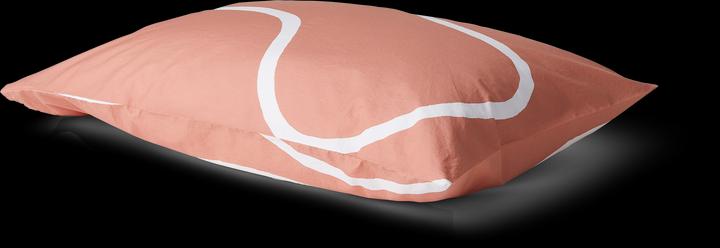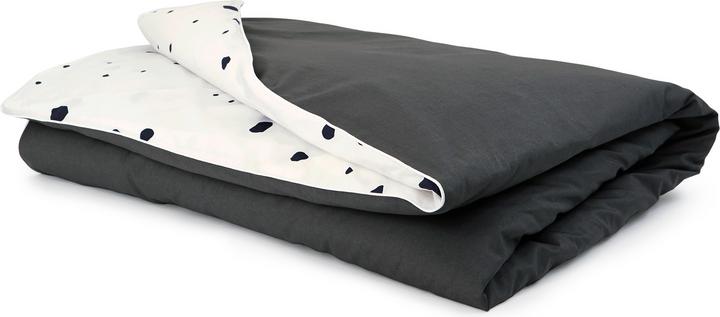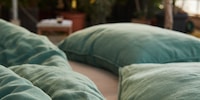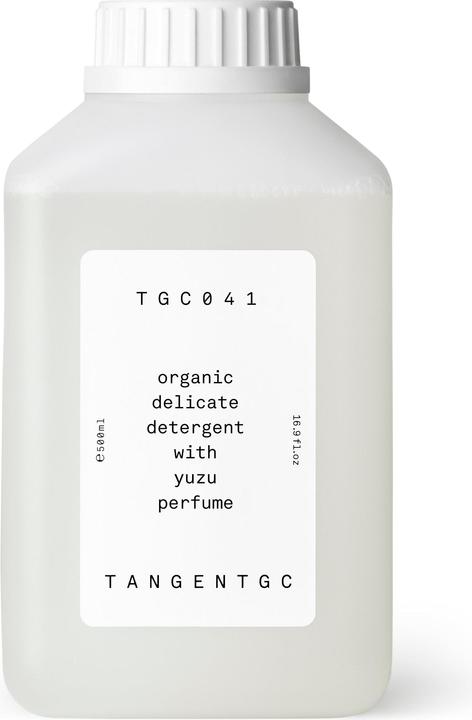

Tencel is in, but what are the pros and cons?
Demand for Tencel is on the up. I’ve spoken to Miriam Tyrangiel, CEO of Swiss home textiles brand Undercover Living, to find out what makes this natural fabric so special.
Tencel, also known as Lyocell, boasts a number of advantages over cotton. As to what they are, Miriam Tyrangiel is in the know. She founded Undercover Living, one of the first labels in the home textiles industry to use the natural fabric.
Miriam, when you started Undercover Living five years ago, Tencel wasn’t as common. Why is that?
Miriam Tyrangiel: Tencel has actually been around since 1972. It’s just that cotton has accounted for the lion’s share of the industry for a long time. Many established brands aren’t as quick to take a chance on a new material, which I viewed as an opportunity.
What was your priority – working with Tencel or making bedding?
The idea for bedding came first. I met with several Portuguese producers because they have a lot of experience, are EU-based and pay fair wages. The first thing they’d always suggest to me was actually medium to low-priced cotton. But I knew Tencel was being used successfully at the time in clothing and underwear, particularly pyjamas. So, I kept on searching until I found a family-owned company that produced it.
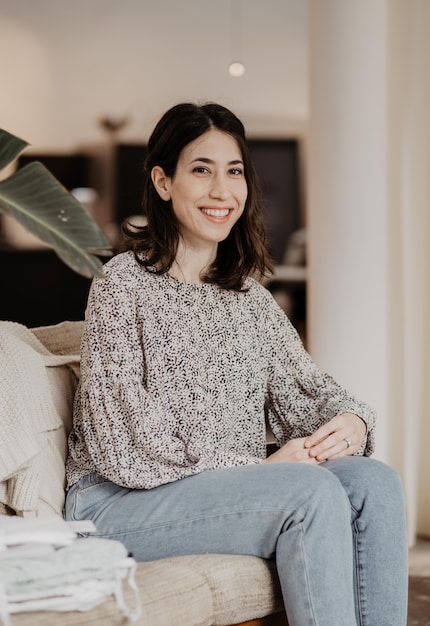
Source: Nora Brumm
What exactly is Tencel made of?
Tencel is a cellulose fibre obtained from various trees, including eucalyptus and beech. These trees need far less water and pesticides to grow than cotton does. The extracted cellulose is transformed into fabric by using a sustainable solvent called N-Methylmorpholine N-oxide (NMMO) – a process that has earned the brand the European Award for the Environment.
How big is the fabric’s ecological footprint?
It’s carbon neutral, biodegradable, compostable and consumes 10 to 20 times less water than cotton. Lyocell fibres come out of a closed processing system, meaning resources are used efficiently to turn the pulp into cellulose fibres. What’s more, the ecological impact is reduced. More than 99 per cent of the organic solvent goes back into the production cycle during this process. A similar, but less tightly closed process is used for bamboo.
Where is Tencel grown?
On the official Tencel website, you’ll find sustainability reports detailing exactly which certified forests the trees used in the production process come from. According to these reports, the wood doesn’t come from the rainforest, and is either FSC or PEFC certified. In many places, it comes from forests where more trees are planted than logged. Beech, for example, comes from the Czech Republic or Austria, eucalyptus from America or South Africa.
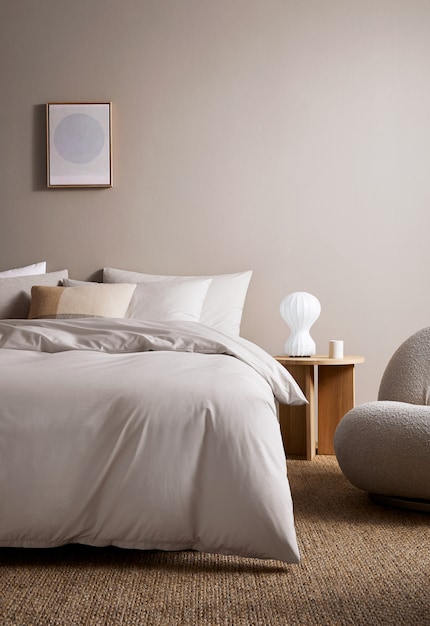
Source: Georgia Gold
What makes eucalyptus different?
It grows very quickly and doesn’t need as much water.
Like bamboo, right?
Exactly. Eucalyptus is also made into fabrics using a similar process. However, the benefit of Tencel is that the trademark behind it is associated with strict quality controls. You don’t get that transparency with bamboo.
Generally speaking, it’s problematic that lots of fabrics don’t have plausible certifications.
Yeah, trustworthy examples are few and far between. The only one we use for our organic cotton collection is the Global Organic Textile Standard certification. It ensures the entire supply chain from farm to product is accredited so that strict standards, including environmental and social criteria, are met.
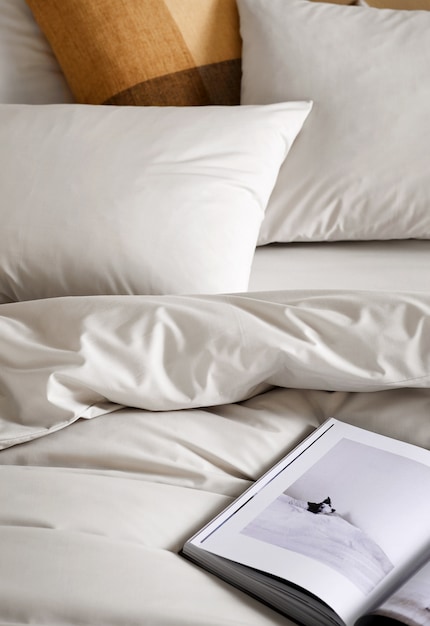
Source: Georgia Gold
What are the advantages of Tencel bedding over cotton bedding?
It’s pleasant on the skin, both in summer and winter. It’s breathable, moisture-regulating (more so than cotton) and is antibacterial as a result. Even years later, it keeps its silky, soft feel.
Is Tencel suitable for people with allergies?
Yes, Tencel is very well suited to people with allergies. Our bedding is also OEKO-Tex certified(link in German) and doesn’t contain any harmful substances.
And how does it compare to linen and hemp?
It’s lovely and soft and is less coarse. If the bedding were made of 100 per cent Tencel, it’d be like silk. However, we combine Tencel with long staple cotton (link in German).
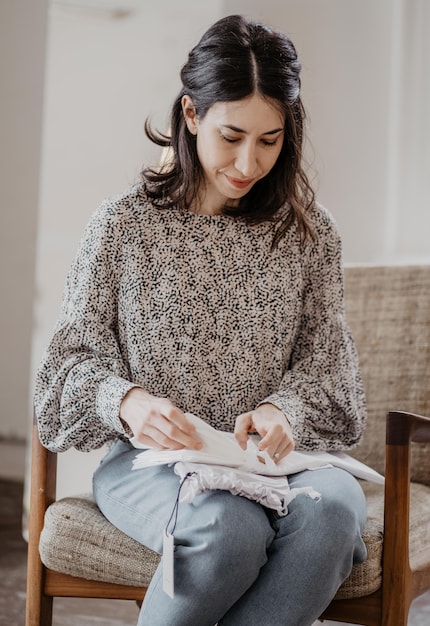
Source: Nora Brumm
How do I care for Tencel so that I can enjoy it for a long time?
To be gentle on the fibres, I recommend you machine wash the bedding at up to 40 degrees. You can also put them in the tumble drier. The only thing you shouldn’t do is bleach them.
Do you use a particular detergent?
We recommend using Yuzu, a Swedish organic detergent. That’s because we’ve had good experiences with it and because it makes bedding smell nice. However, our bedding can be washed with any regular detergent.

The majority of your designs are monochrome colours. Can Tencel be patterned as other fabrics can? Or are there limitations in the design process?
No, you can print or dye it.
Are there actually any downsides to Tencel?
It’s relatively expensive compared to cotton. However, we hope awareness will increase and that customers will choose sustainable material more often in the future, so that their choice of bedding has less of an impact on the environment.
Like a cheerleader, I love celebrating good design and bringing you closer to everything furniture- and interior design- related. I regularly curate simple yet sophisticated interior ideas, report on trends and interview creative minds about their work.
Interesting facts about products, behind-the-scenes looks at manufacturers and deep-dives on interesting people.
Show all